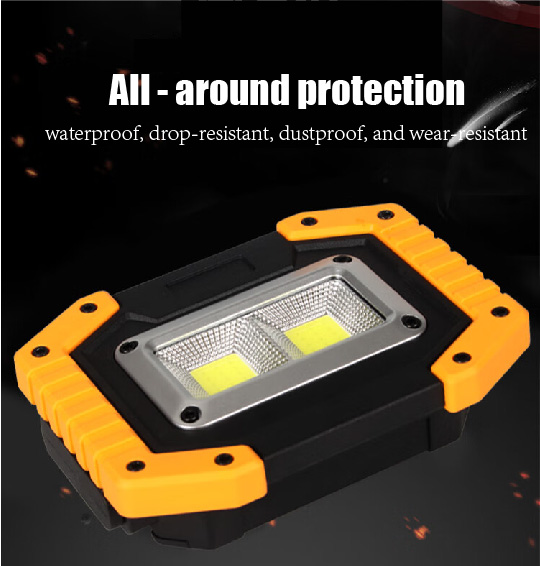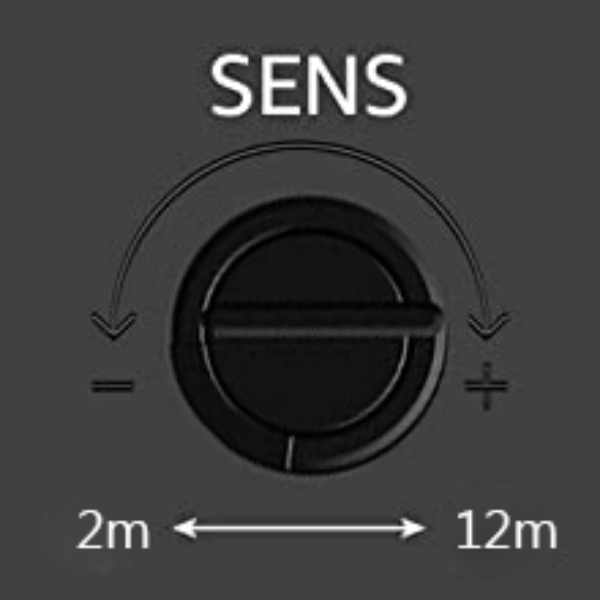Gear-obsessed editors choose every product we review. We may earn commission if you buy from a link. Why Trust Us?
Your Christmas lights are a great way to learn about basic circuits and the flow of electricity. Gate Lights

With the holiday season now here, it’s time to think about putting those Christmas lights up. These festive decorations don’t don’t stay on our homes forever, and we wanted to take it upon ourselves to demystify why they stop working and what you can do about it. Christmas lights themselves are a very simple circuit—in fact, they’re a great medium to learn about the flow of electricity.
Before we get into the complexities of whether Christmas lights are wired in series or parallel, we’re going to look at the simplest circuit possible—one incandescent bulb connected to a power source.
Electricity flows through the wire, meets the filament in the bulb—which is illuminated—and then continues out of the bulb through the other wire. However, things get a little more complicated when you add more than one light—forcing you to either wire them together in series or parallel.
One big question that many have is whether these lights are wired in series or parallel. See below for a couple of quick definitions of both.
According to the U.S. Department of Energy, Christmas lights are actually pretty clever as they’re wired both in series and parallel. They do this by connecting several series of lights together in parallel. This is why you often see sections of your lights stop working instead of the whole string burning out.
Modern Ways Around the Issue
Our resident home and carpentry expert Joseph Truini has written extensively about many projects, including how to diagnose a set of faulty Christmas lights; in the article, you’ll find that modern lights use what are called shunts to keep the flow of electricity going when the filament of an incandescent bulb burns out. The shunt itself is just a small set of wires underneath the filament that redirects current through the base of the bulb—which maintains the electrical circuit, keeping the rest of the lights on.
💡 Light Info 💡 If you forgot to pay attention in high-school shop class, the filament is a small piece of metal in the light itself that glows red hot when electricity runs through it; the filament gets brighter as you run more current through it. However, more current means more heat, which causes the filament to burn out more quickly.
Shunts are a super novel concept but can sometimes be faulty. Thankfully, these are really easy to troubleshoot with a tool like the LightKeeper Pro. Remove a bulb near the dark section, insert the tool into the socket, and squeeze the trigger; it will activate a piezo circuit, which sends a high-energy pulse through the whole string. According to Truini, 20 or so pulses should re-activate any broken shunts.
The piezo circuit itself is actually really cool as it’s electricity produced from mechanical pressure—creating what’s called the piezoelectric effect. This electric phenomenon converts energy created by changes in force, acceleration, temperature, and pressure into an electrical charge.
While shunts maintain a closed circuit, fuses are designed to be sacrificial devices that provide overcurrent protection for an electrical circuit. Wires tend to heat up as you crank more electricity through them—which presents a potential fire hazard. Fuses are replaceable sections of wire that are rated to a maximum current level; once the amount of electricity exceeds that limit, the fuse will either melt or separate itself to open the electrical circuit and prevent the wires from melting or even catching fire.
Thankfully, fuses are easily accessible and replaceable. In fact, most lights actually come with extra fuses that you can swap in. The fuses themselves (there are generally two) can be found in the male end of the plug—the part that connects into the wall. To check or replace fuses, there should be a removable plastic door in the plug itself. Blown fuses are fairly easy to spot as they generally become gray and cloudy.
While we’ve described the inner workings of incandescent Christmas lights, newer LED lights are a great option if you’re looking to replace old strands that may have gone bad. Sure, LEDs might not be able to replicate the same nostalgic color temperature as incandescent bulbs, but they bring a whole host of benefits. These include:
According to the U.S. Department of Energy, LED lights use 70 percent less energy than conventional incandescent light strands. They estimate that it costs $0.27 to light a 6-foot tree for 12 hours a day for 40 days with LEDs compared to $10 for the equivalent setup with incandescent lights. That’s not to mention that LEDS are also much less likely to burn out or break compared to their incandescent counterparts.
Regardless of which setup you go with, Christmas lights remain a decorative staple when the holiday season rolls around. As complicated as they might get, some of my fondest memories are putting up lights—and other festive decorations—with family.
Matt Crisara is a native Austinite who has an unbridled passion for cars and motorsports, both foreign and domestic. He was previously a contributing writer for Motor1 following internships at Circuit Of The Americas F1 Track and Speed City, an Austin radio broadcaster focused on the world of motor racing. He earned a bachelor’s degree from the University of Arizona School of Journalism, where he raced mountain bikes with the University Club Team. When he isn’t working, he enjoys sim-racing, FPV drones, and the great outdoors.
How Scientists Are Hacking Aging
Psychologists Explain the Science of Attraction
The Army’s New Drone Killer Fries Them in Midair
Physics Says White Holes Exist. So Where Are They?
The TL-29 May Well Be the Best Knife Ever Built
Why Aircraft Carriers Are Still Unmatched
WormGPT: What is it and Should You Be Worried?
Can You Make Your Own DIY Prescription Eyeglasses?
Solution to Riddle of the Week #29
This is How Time Began
The U.S. Is Building a New Nuclear Bomb (Sort Of)
Scientists Find New Cause—and Maybe Cure—for Aging
A Part of Hearst Digital Media
We may earn commission from links on this page, but we only recommend products we back.

Portable Rechargeable Light ©2023 Hearst Magazine Media, Inc. All Rights Reserved.